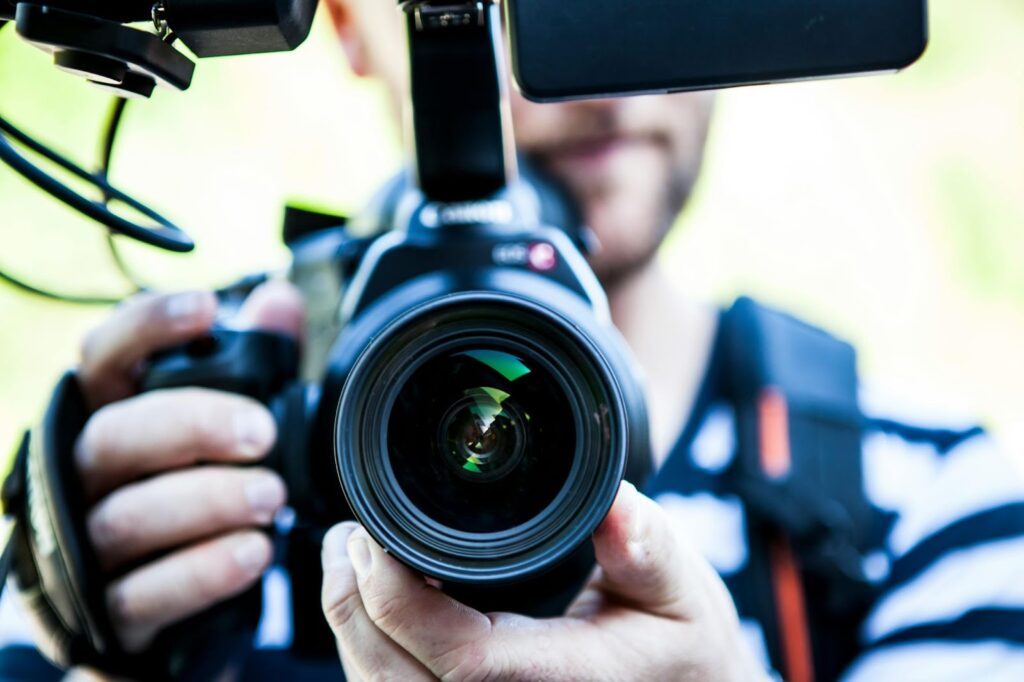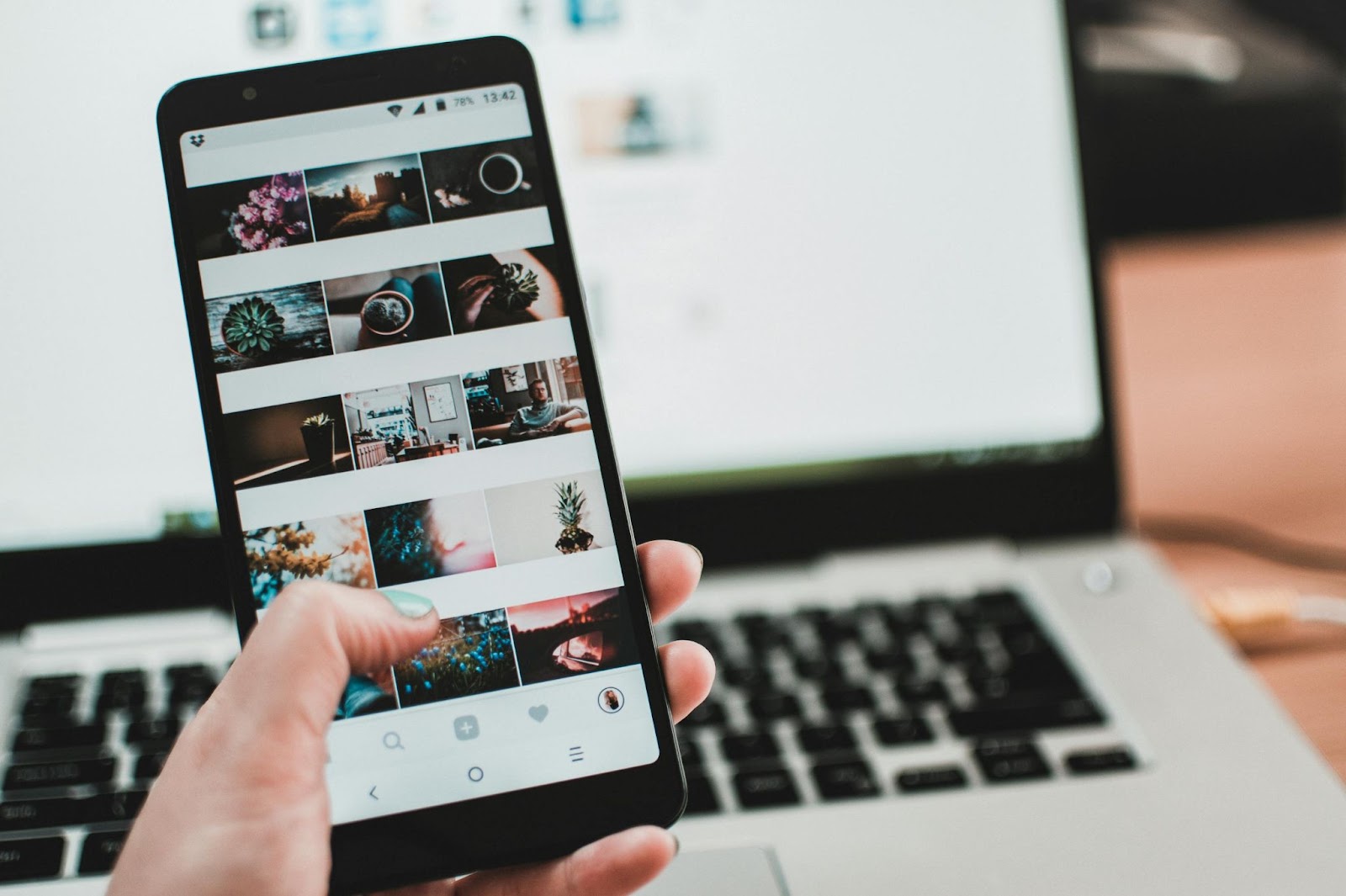The media has a significant influence on how society views, norms, and attitudes are formed.
It molds people’s ideas about themselves and other people, often supporting or contradicting stereotypes.
Media representation of the Deaf community has long been a source of struggle, and this is closely related to broader disability rights.
In order to guarantee truthful and significant representation in films, TV series, news, and other media, visibility is not the only factor to consider. Other important factors to consider are inclusion, respect, and the right to be understood.

Historical Underrepresentation
For a long time, the media has either ignored or portrayed Deaf people incorrectly.
When they are, it is usually in ways that perpetuate negative preconceptions or false beliefs about Deaf culture and the realities of being a Deaf person.
Deaf characters could be portrayed as defenseless, alone, or defined only by their impairment.
Sometimes hearing actors play Deaf characters, which not only misrepresents the community but also denies Deaf actors opportunities.
People with disabilities have historically been marginalized by broader societal views, which are the root cause of this underrepresentation.
Due to their unique language and culture, the Deaf community has been especially susceptible to misinformation.
The isolation of Deaf people is exacerbated by inaccurate representation, which feeds the cycle of miscommunication and marginalization.
The Importance of Authentic Representation
Having Deaf characters in the media is not enough to achieve authentic representation.
It entails representing Deaf people in ways that are true to their varied identities, cultures, and experiences.
Like everyone else, deaf people have a variety of lives, skills, and viewpoints.
They are athletes, artists, parents, and professionals.
When Deaf people are portrayed in the media as fully realized human beings, it dispels stereotypes and influences public opinion.
The utilization of American Sign Language (ASL) or other sign languages in media productions is a crucial component of authentic representation.
Sign language serves as the primary form of communication for Deaf people, who view language as an essential component of their culture.
Seeing sign language on screen helps hearing audiences understand the depth of Deaf culture while also validating the experiences of Deaf viewers.
Furthermore, Deaf performers should play Deaf roles in order to maintain authentic representation.
This guarantees authenticity and honors the lived experiences of people who are Deaf.
In addition to perpetuating falsehoods, casting hearing actors in Deaf roles ignores the skills of Deaf actors, who are most qualified to embody these characters.
Progress and Challenges

Positive changes have been observed in the way the Deaf community is portrayed in the media in recent times.
The inclusion of Deaf actors and their nuanced portrayals of Deaf characters have drawn attention to films such as “Sound of Metal” and “CODA.”
More accurate and varied representations of Deaf culture have been made available to mainstream audiences through television programs like “Switched at Birth” and “Deaf U.”
These accomplishments are still the exception rather than the rule, though.
The Deaf community is still underrepresented in the media, and when it is, it is frequently restricted to particular kinds of stories—usually ones that highlight the difficulties of being Deaf rather than the richness of Deaf life.
Furthermore, there are still obstacles in the media industry itself that prohibit Deaf professionals from fully engaging in any capacity—as producers, directors, writers, actors, or writers.
One challenge is accessibility within the industry.
Environments used in media production frequently do not provide the accommodations required for Deaf people to function well.
This covers having access to captioning, sign language interpreters, and other communication aids. It is challenging for Deaf professionals to enter and prosper in the field without these accommodations.
Stereotypes are still prevalent, which presents another problem.
Even with advancements, a lot of Deaf characters in the media are still portrayed using antiquated or oversimplified perspectives.
Rather than the person’s personality, abilities, or contributions, the focus is frequently still on their disability.
This limited representation perpetuates the notion that being Deaf is a defining trait rather than a component of an individual’s identity.
Moving Forward: Creating Change in Media Representation
Together, those in and outside of the industry must work to improve the Deaf community’s representation in the media.
This entails media creators committing to inclusivity throughout the entire production process, from scripting and casting to directing and editing.
It also entails actively seeking out Deaf viewpoints and voices, for example, by working with Deaf creatives, hiring Deaf talent, or consulting with Deaf organizations.
Advocacy and greater visibility are also crucial.
Media companies are more likely to react when audiences call for truthful and courteous representation.
This entails speaking out against inaccurate or harmful portrayals of Deaf people in media and supporting those that get it right, like shows and movies that authentically depict Deaf characters.
Raising accessibility is a critical component of enhancing representation.
The actual media content should be made accessible to Deaf viewers using captioning, sign language interpretation, and other assistive technologies.
This guarantees that people who are Deaf can participate fully in media, as producers or viewers.
Meeting legal requirements is only one aspect of accessibility; another is upholding the rights and dignity of all audiences.
The Broader Impact of Representation
For the Deaf community, representation in the media has practical consequences in addition to being a source of amusement.
More tolerance and acceptance of Deaf people in society can result from truthful and positive representations of them.
Moreover, they have the power to sway policy choices about things like service accessibility and rights for people with disabilities.
It can be empowering for Deaf kids and teens to see representations of themselves in the media. It demonstrates to them that they are not alone and validates their identities.
Deaf people can accomplish anything they set their minds to when they see successful, self-assured, and capable Deaf people portrayed in these kinds of media.
On the other hand, a lack of representation or negative portrayal can exacerbate emotions of loneliness and low self-worth.
It may exacerbate the discrimination and exclusion that Deaf people already experience in the workplace and in society at large.
Because of this, ensuring truthful representation in the media is a social justice issue as much as one of cultural significance.
Conclusion
The Deaf community ought to see genuine, courteous, and uplifting representations of themselves in the media.
Even though there has been progress, much more needs to be done to guarantee that Deaf people are portrayed as complete, complex human beings rather than merely as a stereotype or afterthought.
This calls for constant work on the parts of advocates, media producers, and viewers alike.
We cannot establish a media environment that accurately represents the range of human experience and respects the rights of the Deaf community unless we collaborate.
For those who are looking for additional support, Unspoken Language Services offers interpreting services to help bridge the communication gap between the deaf and hearing communities.
Thumbnail Photo by Terje Sollie

